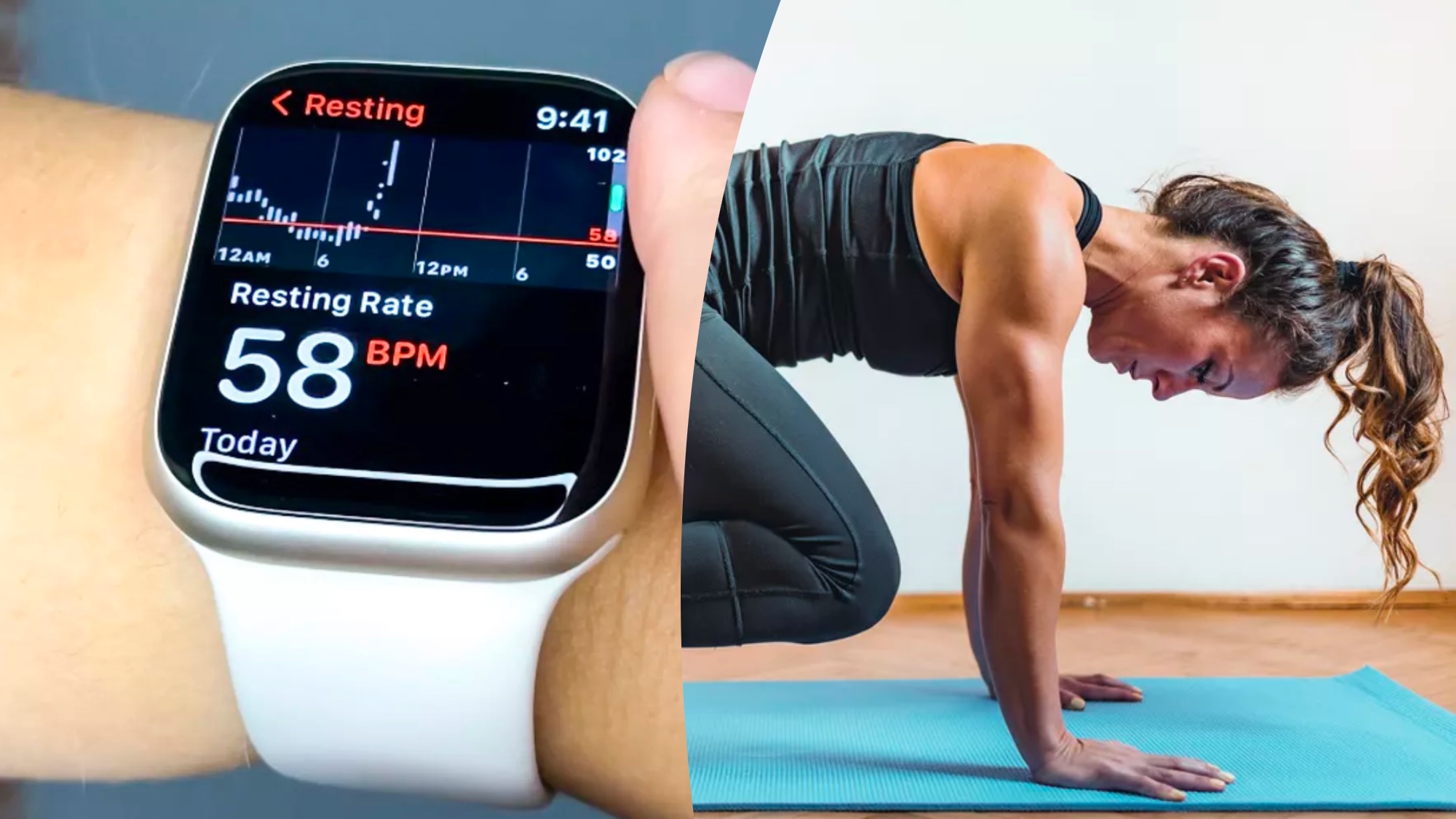
Before I jump into this topic of 500-calorie workouts as tracked by the Apple Watch Series 7 and Garmin Vivoactive 5, I want to put on record that I don’t endorse calorie-based workouts, nor do I believe they can provide accuracy around calorie burn. That’s pretty much the reason I wanted to explore the story in the first place.
Having read what happened when my fitness editor wore the Apple Watch Series and 8 and Garmin Epix Pro for a 300-calorie workout, I’ve wanted to dive into the topic to demonstrate just how misleading high-calorie workouts can be, especially as they’re so prevalent on easy-access sites like YouTube.
With that in mind, I strapped on my Apple Watch Series 7 and Garmin Vivoactive 5 smartwatches. They were configured to my left wrist, sitting snugly, and both my watch profiles were up to date. I then scrolled YouTube and hit play on a popular 500-calorie standing full-body kettlebell workout (it has over 15K views so far) and took a deep breath.
Spoiler alert — as the kettlebell workout ended and I turned my attention to my wrist for the numbers, neither told me that I struck gold at 500. But here’s what I did notice.
How to calculate calorie burn
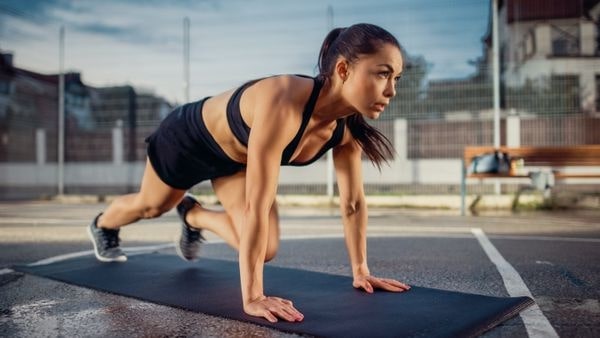
Putting it plainly, hitting the real numbers would require heading to a sports lab or similar where specialists can hook you up with fancy tech and crunch the numbers properly.
Calorie calculators use MET values charts to estimate how much energy the exerciser would burn during each type of workout. But they’re standardized and read as generic without taking into account the nuances from person to person.
Fitness trackers and the best running watches look at your profile (age, sex, weight and height, for example) to help determine your basal metabolic rate (BMR, how many calories you need to get through the day). They also look at data on movement, heart rate and oxygen consumption and determine maximum oxygen uptake (VO2 max) to help estimate calorie burn for specific activities.
Sign up to get the BEST of Tom's Guide direct to your inbox.
Get instant access to breaking news, the hottest reviews, great deals and helpful tips.
The more advanced the fitness tracker, the more information it can use, so it’s crucial to look at the brand and model you wear and select the most accurate workout option for the activity you do. A chest strap heart rate monitor looks at the effort it takes for you to work out based on your heart rate, which can determine likely calorie burn. These tend to be more accurate but are still only an estimate.
You can sync many chest strap monitors and trackers to workout programs and fitness equipment. But ideally, calculate BMR and TDEE (total daily energy expenditure, how many calories you burn during the day in total) yourself, or visit a doctor or sports clinic and ask for accurate readings, including lean muscle mass measurements.
I wore the Apple Watch Series 7 and Garmin Vivoactive 5 for a 500-calorie workout — here are my results
| Row 0 - Cell 0 | Time | HR (BPM) | Calorie burn (kcal) |
| Apple Watch Series 7 | 30:19 | 106 | 114 |
| Garmin Vivoactive 5 | 30:15 | 106 | 134 |
Both results are nowhere close to 500kcal, and I’m hardly surprised. This isn’t a dig at the watches either, just the sheer lack of scientific grounding some instructors use to base their workouts on. Although it was pretty awesome to see the average heart rate was the same on both watches.
My heart rate barely tipped over 100 BPM for most of the class, and if I were to use RPE (rate of perceived exertion, a popular method for coaches to determine intensity with clients) to rate how the workout felt — I’d go for 4/10.
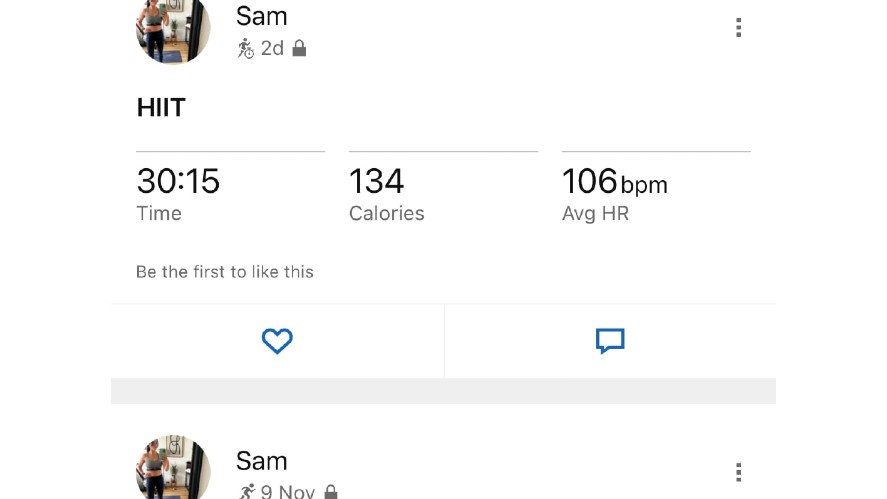
Just to give you a brief idea of how Garmin and Apple determine calorie burn, Garmin Support states that ‘depending on the accessories used, calorie burn can be calculated using Firstbeat (using heart rate and user profile data), ANT+-enabled fitness equipment, or the speed, distance and user profile of the person.
Garmin also confirms data depends on heart rate, "an accurate user profile" and activity type, with devices calculating "active and inactive calories to show total calorie burn." Apple also uses your profile information to calculate how many calories you burn and other daily activity metrics, alongside sensors that track heart rate and activity data.
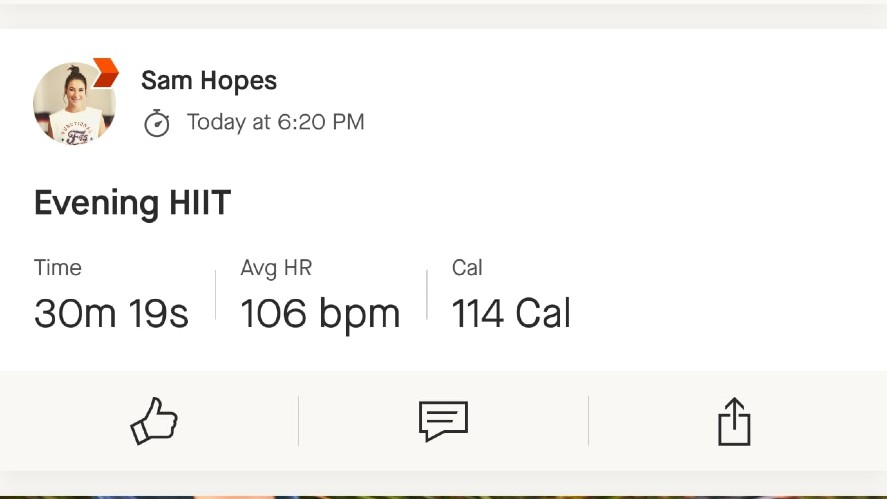
I wore the Apple Watch Series 7 and Garmin Vivoactive 5 for a 500-calorie workout — here’s my verdict
I didn’t get on with this workout, but that’s just my personal preference. Without any warm-up, instruction, cueing, or exercise information on the screen, any beginner would struggle with this routine alone. And while a no-repeat format works for me, beginners might find it hard to follow.
The workout structure followed a 40-second on and 20-second off format, which taps into the HIIT workout structure that, as a general rule, burns more calories than steady-state cardio. But 500 calories for this 30-minute kettlebell workout? I still can’t imagine where the trainer got the number from.
Your fitness levels help determine intensity levels when you exercise, and a higher intensity level can mean higher heart rate spikes and increased calorie burn. People who weigh more also tend to burn more calories, as do people with higher levels of lean muscle mass, as it’s more metabolically active. Still, 500 calories? From my experience as a fitness coach, I think not.
HIIT workouts activate a process called EPOC (Excess Post-Exercise Oxygen Consumption), which means you’ll continue burning calories after exercising as your body consumes more oxygen to return to its resting state. It can increase calorie burn post-workout, but the studies show no more than 6-15% of calories burned during exercise, so it would still reach nowhere near the 500-calorie mark.
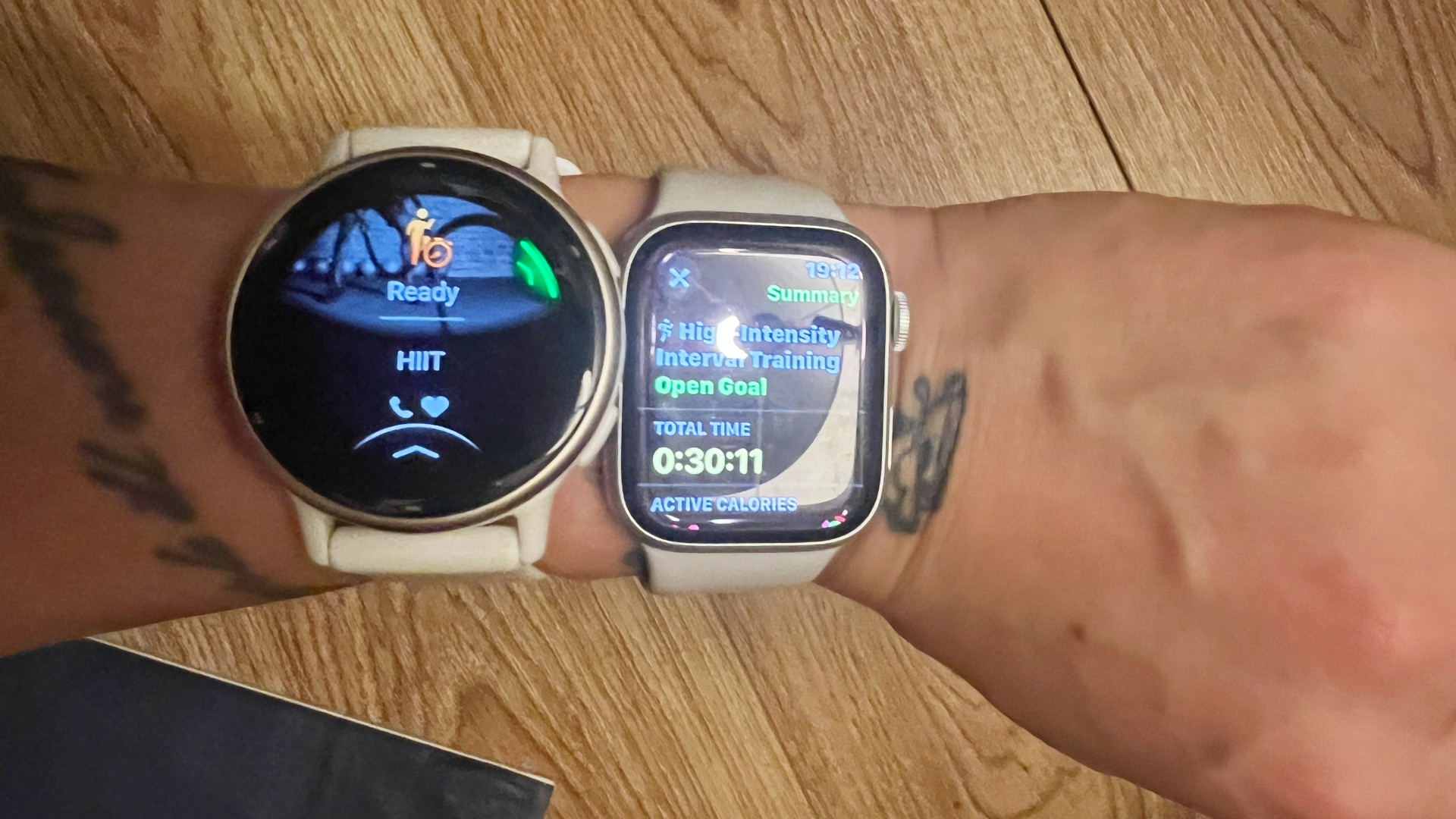
The best fitness trackers offer varying results to each other and the workout target, so my best advice is to enjoy the vast number of incredible fitness features trackers offer, rather than focusing on calorie burn as your metric.
For example, I ran 5K with the Apple Watch Series 7 and Garmin Vivoactive 5 and continuously exercise with both watches. I can track steps, heart rate, blood oxygen levels and respiratory rate. During runs, I can look at elevation (Apple) or cadence (Garmin). My Garmin provides in-depth sleep and stress analysis, and the Apple Watch Series 7 even has wrist temperature capabilities.
Besides, workout calorie burn accounts for a small portion of your daily activity, and you can learn how to burn calories by switching up your daily routine using NEAT (Non-Exercise Activity Thermogenesis) here. That means adding more gentle movement to your day, standing more and sitting less.
Instead, think about enjoying your workouts. Learn how to build strength and increase lean muscle mass by lifting weights and, most importantly, enjoy the activity for what it is, using calorie burn as a contribution rather than the key ingredient.
YouTube can be a brilliant resource for home workouts, but I advise steering clear of bold claims around results — they rarely stack up, and this one was just plain ludicrous.
More from Tom's Guide
If your goal is to lose weight, focus on a small caloric deficit (consuming fewer calories than you expend) and add resistance training several times a week. Higher levels of lean muscle mass increase the calories your body uses resting and moving. Here are some ideas.

Sam Hopes is a level 3 qualified trainer, level 2 reiki practitioner and senior fitness writer at Tom's Guide. She is also currently undertaking her Yoga For Athletes training course. Sam has written for various fitness brands and websites over the years and has experience across brands at Future such as Live Science, Fit&Well, Coach, and T3.
Having worked with fitness studios like F45 and Virgin Active, Sam now primarily teaches outdoor bootcamps, bodyweight, calisthenics and kettlebells. She also coaches mobility and stretching-focused classes several times a week and believes that true strength comes from a holistic approach to training your body.
Sam has completed two mixed doubles Hyrox competitions in London and the Netherlands and finished her first doubles attempt in 1:11.
